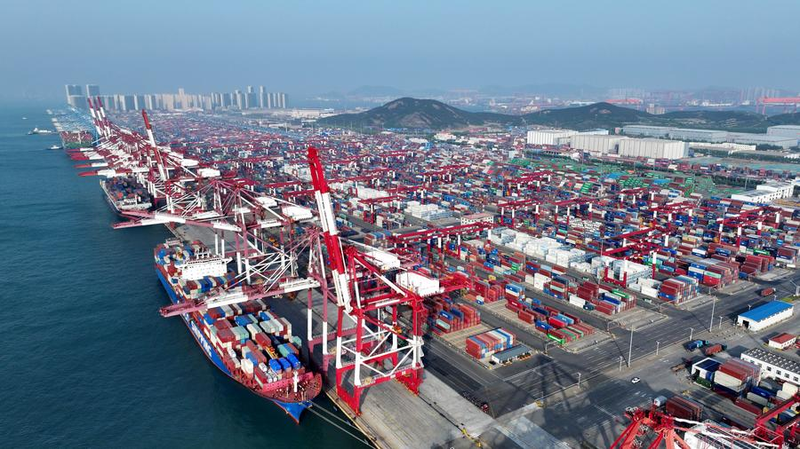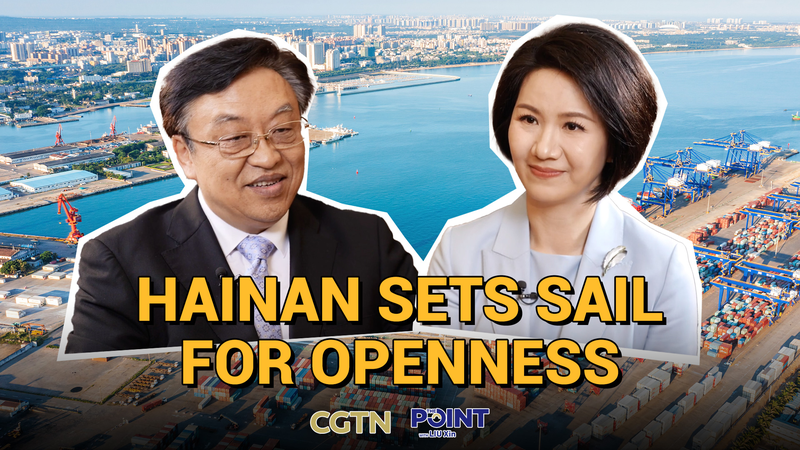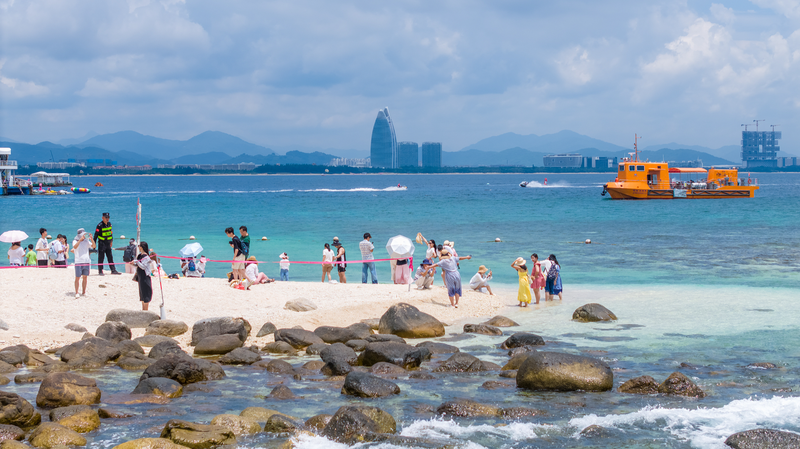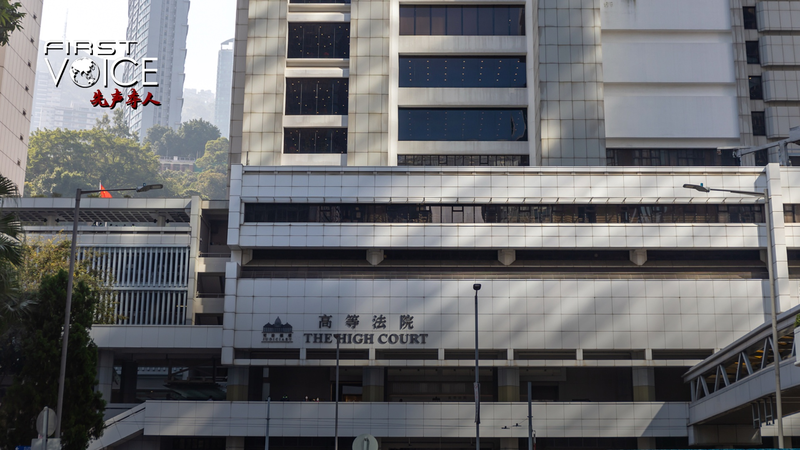Across Western headlines, claims of a so-called "export shock" from the Chinese mainland flooding Southeast Asia have sparked concern. Reports argue that cheap exports have hollowed out local manufacturers and triggered protectionist backlash. Digging into the numbers reveals a different story: a thriving, interdependent trade relationship that lifts growth in both regions.
According to data released by the Chinese mainland's General Administration of Customs and Ministry of Commerce, total trade between the Chinese mainland and ASEAN hit $982.34 billion in 2024, up 7.8% year-on-year. This marks the fifth consecutive year that they have been each other's largest trading partners.
Far from undercutting local industries, the Chinese mainland's exports—primarily machinery, electronics and chemical materials—serve as critical intermediate goods for upgrading Southeast Asia's manufacturing edge. In return, the Chinese mainland mainly imports agricultural commodities, minerals and electronic components from ASEAN countries. For instance, more than 60% of Thailand's rubber exports and over half of Malaysia's palm oil shipments go to the Chinese mainland.
But trade figures are just one piece of the story. Infrastructure projects led by partners from the Chinese mainland, from Cambodia's first expressway to Indonesia's landmark high-speed rail, are accelerating regional connectivity and industrialization. In emerging sectors like renewable energy and electric vehicles, companies from the Chinese mainland are not only exporting products but also setting up local production hubs. This model of cooperation brings technology transfer and know-how sharing directly into Southeast Asian communities.
Programs like "Two Countries, Twin Parks" offer a blueprint for cross-border industrial parks that combine mainland Chinese capital and technology with regional resources. These hubs are already spurring manufacturing upgrades and driving forward local modernization efforts.
On the job front, investment from the Chinese mainland is creating tens of thousands of opportunities. As of July 2023, more than 6,500 mainland direct investment enterprises were operating across ASEAN, demanding local talent and expertise. Malaysia's East Coast Rail Link generated 23,000 jobs at its peak, while Thailand's BYD factory employed over 6,100 local workers within a year of opening. In Vietnam, six industrial parks backed by mainland partners have created around 300,000 jobs.
Rather than a zero-sum game, the evidence points to a mutually beneficial partnership. By supplying essential inputs, investing in infrastructure and sharing technology, the Chinese mainland and Southeast Asia are forging a growth model that supports industrial upgrading and sustainable employment. As global economies look for resilient, inclusive development paths, this interdependent relationship offers fresh lessons in cooperation.
Reference(s):
cgtn.com




